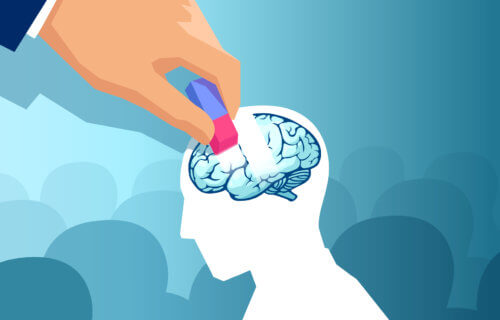YEKATERINBURG, Russia — Chemists in Russia have developed a potentially groundbreaking compound that may be able to repair the damage of neurodegenerative diseases like Alzheimer’s and Parkinson’s. Their study reveals that new molecules of pyrrolyl- and indolylazines activate the body’s ability to fight off amyloid plague buildups in the brain. These brain cell-killing blockages are one of the main causes of various brain diseases which lead to death.
“Our compounds activate the synthesis of specific heat shock proteins and cause their accumulation in the cell,” says study co-author Irina Utepova, professor of the Department of Organic and Biomolecular Chemistry at the Ural Federal University, in a release. “Proteins of this type make it possible to protect neuronal tissue from an excess of toxic amyloids and to protect cells from various types of stress, including proteotoxic stress characteristic of neurodegenerative diseases.”
Saving brain cells from disease and injury
Researchers add the compounds created from these molecules have a low toxicity, making them safe for use in patients. The team tested them in cellular models of Alzheimer’s disease as well as in models simulating traumatic brain injury.
For both pyrrolyl- and indolylazine classes of compounds, the treatments had a significant therapeutic impact on the brain — increasing the survival of neurons. Scientists also tested the most effective treatment of the two, pyrrolylazine, on tissue samples from rats dealing with traumatic brain injuries.
Results show pyrrolylazine therapy helped the animals to avoid movement disorders and the degeneration of neurons in the hippocampus. Thanks to these findings, researchers are now preparing to move their experiments into the preclinical testing phase.
Both Alzheimer’s and Parkinson’s disease cause the neurons in the brain to gradually degrade and die off; resulting in loss of memory, thinking power, and the ability to speak. These conditions generally develop in people over the age of 65. In the case of Alzheimer’s, estimates show that more than 100 million people worldwide may develop this most common form of dementia by the year 2050.
Currently, there is no cure for either disease.
The study appears in the European Journal of Medicinal Chemistry.
